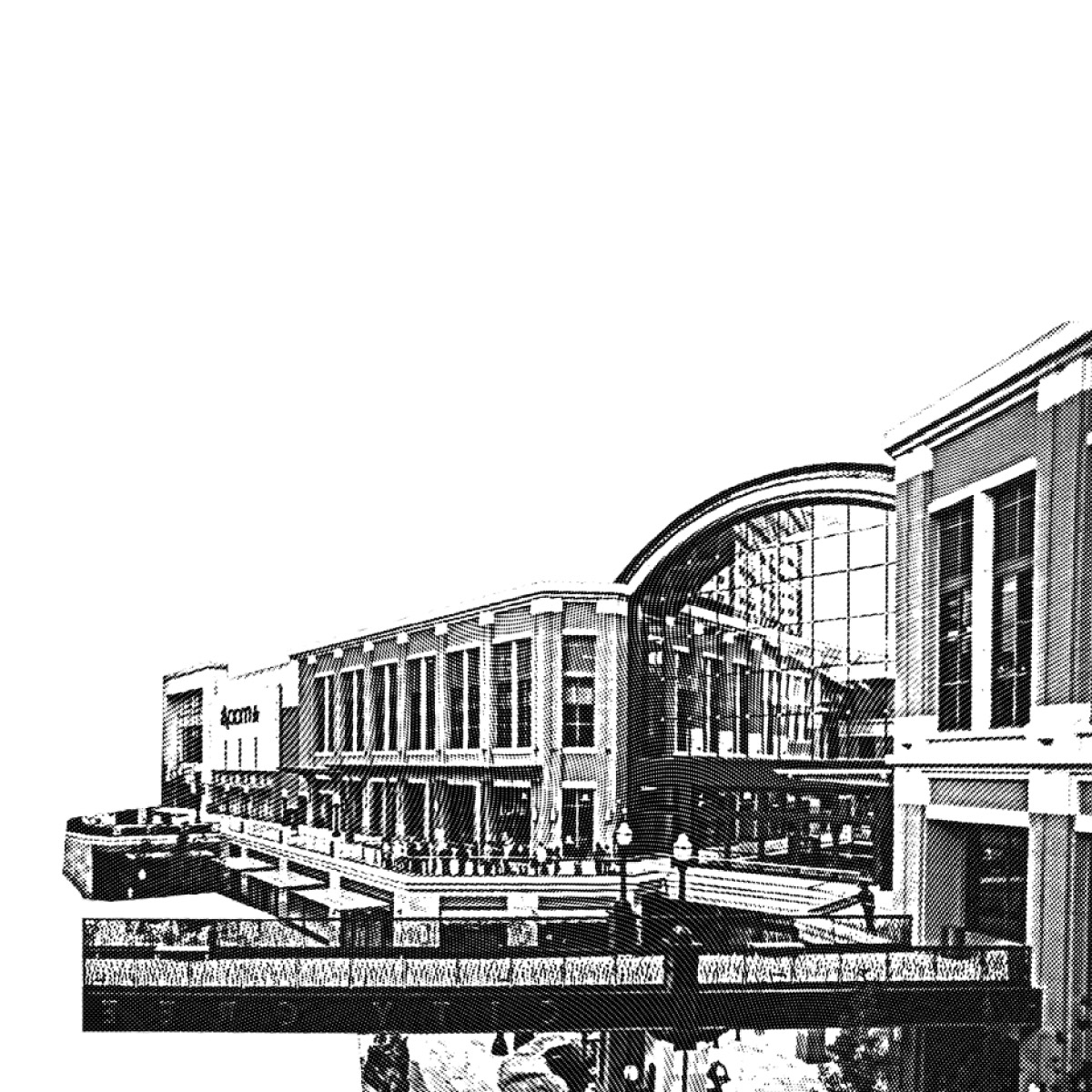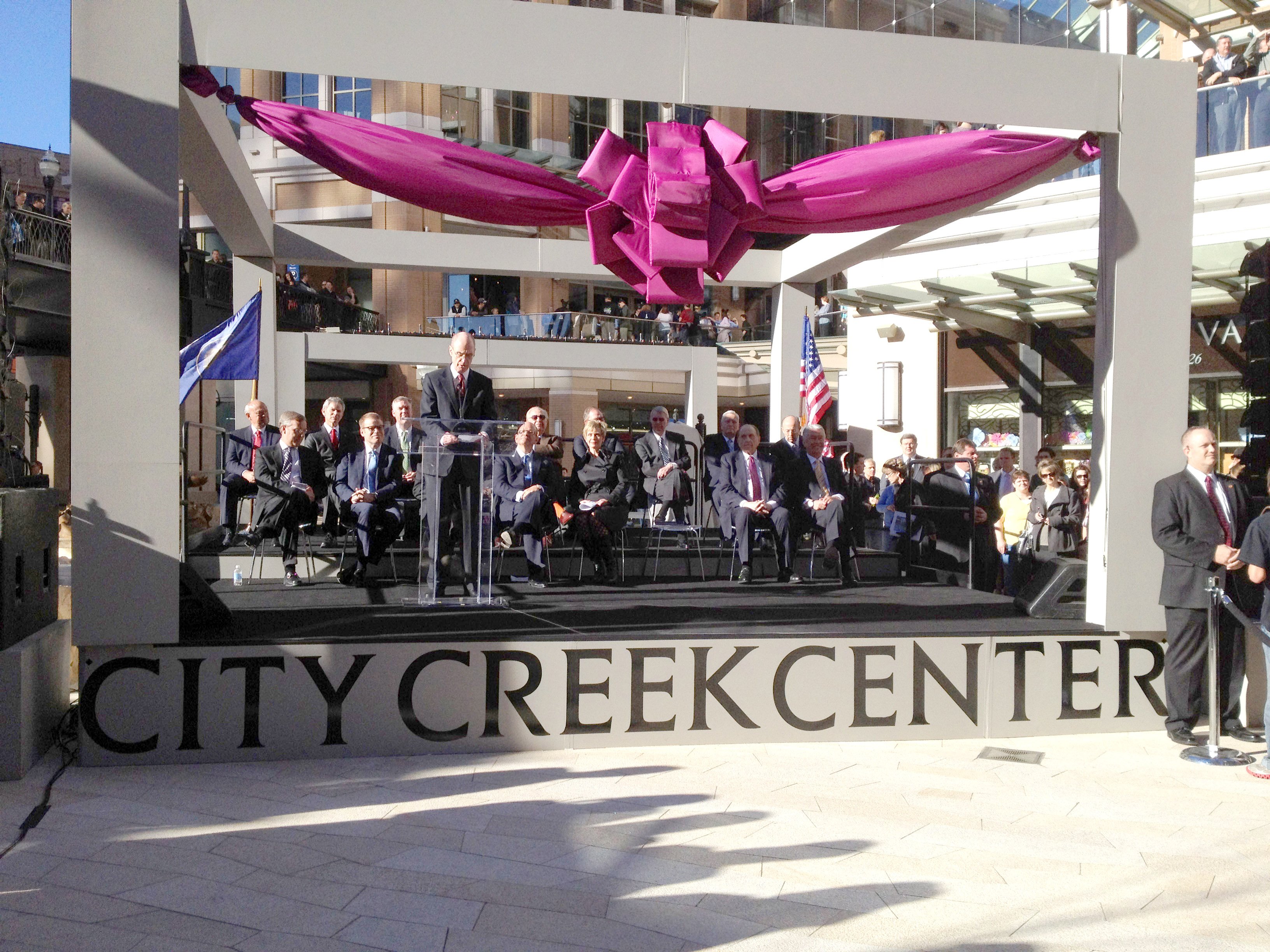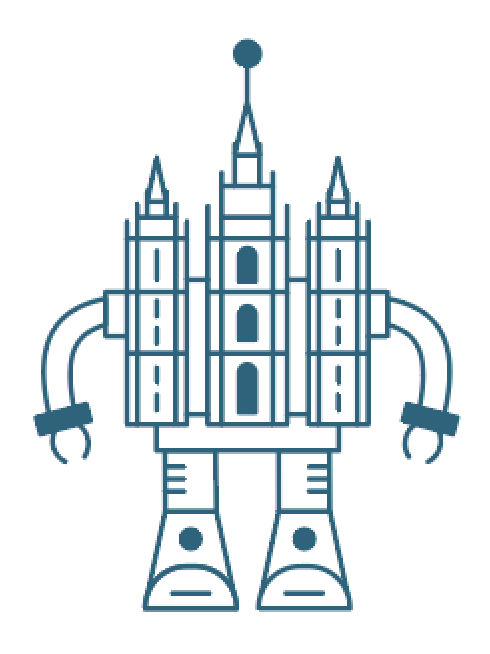The City Creek Mall

Relevant Corporations
Entity | Type | Short Description |
City Creek Reserve Inc | Nonprofit, 501(c)(3).[1] | A real estate investment affiliate of the Church and the "Master Developer" of City Creek Center.[2] |
Property Reserve Inc | Nonprofit, 501(c)(3).[3] | The commercial real-estate development arm of the Church.[4] |
Ensign Peak Advisors Inc | Nonprofit, 501(c)(3).[5] | The Church's investment arm,[6] which reportedly has a fund of $100 billion dollars.[7] |
Taubman Centers Inc | For-profit, REIT and retail.[8] | A real-estate investment trust that manages City Creek Center.[9] |
Why did the Church build a mall?
Primarily to improve downtown Salt Lake City.[10] At the time, downtown Salt Lake was in an economic downturn and urban blight neighbored key Church properties.[11] Church headquarters and Temple Square are in downtown Salt Lake City,[12] so the Church has a vested interest in making it a nice place to live, work, and visit.[13] They decided that the City Creek Center urban redevelopment project was the best way to do that.[14]

Is that a normal thing for churches to do?
No, not really, at least not at this scale.[15] But it is something churches can legally do.[16]
Has the Church ever done something like this before?
Yes, but not to this scale. In 1841, Joseph Smith[BIO] received a revelation to build a “good house” and “delightful habitation” for visitors and travelers called the Nauvoo House.[17] In Salt Lake City, the Church built Hotel Utah on Temple Square to help beautify the city and accommodate visitors, which Joseph F. Smith[BIO] likened to the Nauvoo House revelation.[18]
How much did it cost?
The actual cost is not public information, but most estimates are around $1.5 billion.[19] When the Church started developing the mall, local interest groups raised another $3.5 billion to improve more of downtown.[20]
Did tithing pay for it?
No.[21] City Creek was privately funded, didn't use government subsidies, and didn't incur debt.[22] The mall was developed by Church real-estate entities, City Creek Reserve and Property Reserve.[23]
But really though? What about gains from invested tithing—wasn't there a lawsuit or a whistleblower report about that?
Though tithing wasn't used, returns from invested tithing[24] were used to develop City Creek.[25]
A whistleblower's report from former Ensign Peak Advisors employee David Nielsen[BIO] claimed tithing was spent on City Creek.[26] That claim became the basis for a lawsuit from former member James Huntsman.[BIO][27] Huntsman's lawsuit was dismissed by a federal court on September 10, 2021.[28] The judge ruled there was a difference between tithing and funds from invested tithing and found the Church committed no fraud in the funding of City Creek. [29]
However, on August 7, 2023, the 9th Circuit Court of Appeals reinstated James Huntsman's lawsuit against the Church.[30] The decision to reinstate the lawsuit was later vacated (canceled or rescinded) on March 1, 2024.[31] After hearing further arguments in September 2024, the Court unanimously ruled to dismiss the case on January 31, 2025.[32]
Are gains from invested tithing sacred? Should that money be used on a mall?
Maybe. Court documents show that Ensign Peak Advisors employees consider the funds they manage to be sacred, even if used for a project like City Creek.[33]
Related Question
How much does a temple cost to build?
Read more in Cost of Temples
Couldn't the Church have used City Creek development money to feed or house people instead?
Yes, but they didn’t.
But shouldn’t they have?
Maybe? Although the Church spends a portion of its annual budget on direct humanitarian assistance as well as supporting welfare programs,[34] some people think City Creek isn't justified by comparison.[35]
Others think City Creek is a reasonable expenditure.[36]

Is this an example of the Church trying to take over Salt Lake City?
Probably not. Salt Lake City Mayor (at the time) Ralph Becker (D)[BIO] said, "If the LDS Church was not so sensitive and responsive to community concerns, that could be a problem. But in my experience, at the Legislature and on the Planning Commission, the LDS Church has bent over backward to try and be responsive to community goals — and to a community vision that isn't necessarily the same as what their vision is."[37]
Other officials shared this sentiment,[38] while some were less warm.[39]
Does the Church enforce standards like modest dress at the mall?
No. However, Taubman Centers Inc. does have a standard code of conduct for the mall,[40] and for a dress code, aside from “No shirt, no shoes, no service,” you can pretty much wear what you want.[41]
Can you buy coffee, alcohol, or tobacco in the mall?
Yes. Shoppers can buy coffee, tea, alcohol, and tobacco in the mall.[42] Drinking is limited to licensed restaurants (e.g., Cheesecake Factory),[43] and there is no smoking in the mall.[44]
Isn’t that hypocritical?
Possibly. Mall vendors sell to the Salt Lake City public—the majority of whom are not members of the Church.[45] Also, Taubman Center,[46] a non-LDS private corporation "owns and operates the retail components of City Creek."[47]
Is the mall closed on Sunday?
Yes.[48] It's also closed after 8 or 9 p.m. on other days of the week.[49]
What’s the mall like?
City Creek Center is 23 acres of shopping, dining, and residences.[50] There’s a huge retractable glass roof,[51] a skybridge across Main Street,[52] lots of greenery,[53] art,[54] a fountain with fire and water,[55] and an artificial river with fish in it.[56]
Does the Church make money off it?
Yes.[57] As an owner and shareholder, the Church gets paid when the mall does well.[58]
Related Question
Have groups broken off from the Church over commercial spending?
Read more in Denver Snuffer and the Remnant Movement
Are City Creek profits taxed?
Some of it. The IRS recognizes City Creek Reserve, Inc. as a non-profit organization.[59] Income that falls outside of the scope of its non-profit status is taxed.[60]
Does the Church pay property tax on the mall?
Yes. The various mall properties are valued by the Salt Lake County auditor and taxed accordingly.[61]
Has the mall revitalized the downtown economy?
Yes, it seems to contribute to the economic health of Salt Lake City.[62] City Creek Center employs over 2,000 people and has attracted millions of visitors.[63] The first year it was open, retail sales for all of downtown SLC went up 36%.[64]
Is the mall environmentally friendly?
Reasonably friendly, for a mall. The mall recycled half the rubble from demolitions in the mall's construction, favors public transit and walkability, and employs energy- and water-saving techniques.[65] The U.S. Green Building Council LEED-certified City Creek Center in 2012.[66]
- Austin
“I would see the Church as an unwise steward not to seek investment opportunities with my tithes. I trust the Church to seek revelation in pursuing these endeavors.” - John
“Is it better to feed the poor or to give them a job? FDR created work projects during the great depression to help the people. The City Creek Mall and related apartment buildings was about the only major construction project going on during the 2007 - 2011 recession.” - Douglas
“I did not know that City Creek was invested in by the LDS church. But when I drive from California to visit Temple Square, attend a general conference or visit family, the City Creek Mall has been an adjunct and supplemental cause to visit. I bring my grandchildren and enjoy!” - Nate
“If a person's objective in paying tithing is to make sure it is used perfectly and exactly as the person sees fit, that person is completely misunderstanding the point of tithing.” - Dean B.
“I can understand both sides of the argument... but I keep thinking about the parable of the talents in the New Testament. The church was smart to invest in the project as it affects Temple Square in downtown SLC.”



 about this topic
about this topic